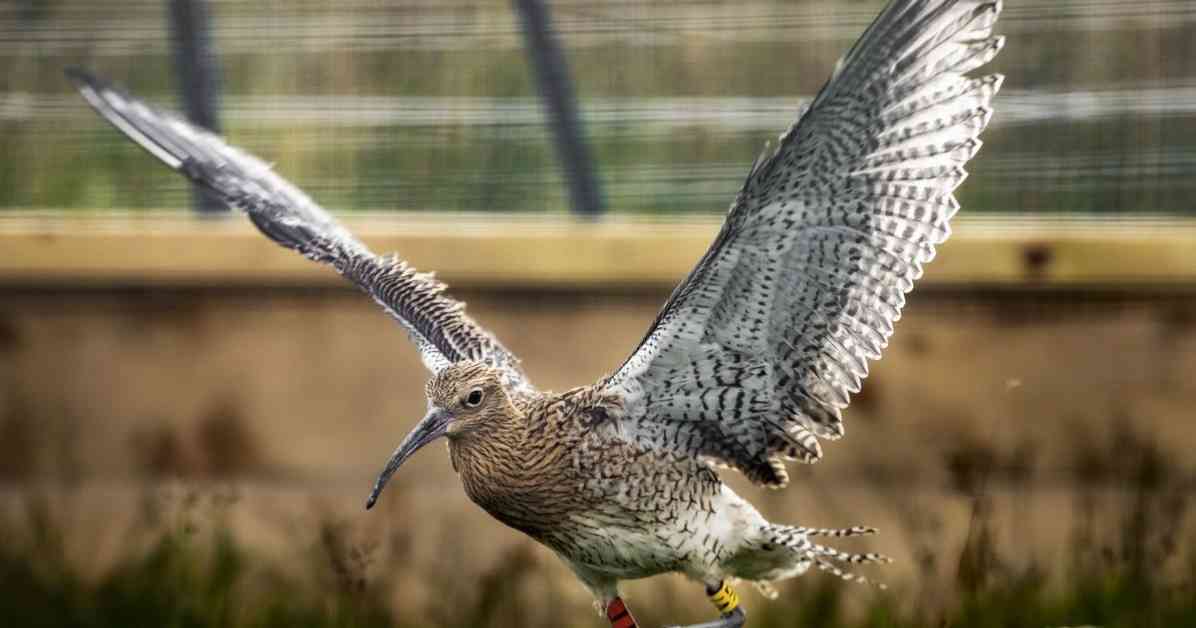The curlew population in Northern Ireland has seen a remarkable recovery, bringing hope for the once-threatened species. Thanks to the efforts of the RSPB NI and local farmers working together through the Curlew LIFE project, the numbers of these distinctive birds are on the rise again.
The four-year project, funded by the European Commission LIFE Programme, has been focusing on key areas for curlews in Northern Ireland, such as the Antrim Plateau and Upper and Lower Lough Erne. The Antrim Plateau has seen a significant increase in breeding pairs, from 37 pairs last year to 52 pairs this year.
Katie Gibb, RSPB NI’s conservation officer for the Antrim Plateau, expressed her excitement over the success of the project. She mentioned that through dedicated conservation work and collaboration with farming partners, they have witnessed a 40% increase in pairs in just one year, with 202 chicks successfully fledged.
On the Lower Lough Erne Islands Reserve, 43 breeding pairs of curlew were recorded across 200 hectares of wet grassland, marking the most successful breeding season of the project. Trasna Island, in particular, has seen a transformation with 19 breeding pairs of waders, including the first curlew to fledge on the island in living memory.
Amy Burns, RSPB NI’s Lower Lough Erne Reserves manager, highlighted the efforts of the reserve team in creating a habitat conducive to curlew breeding success. The increase in fledglings is a positive sign that the habitat improvements, including wet feature creation, are making a real difference for the curlew population.
This success story is a testament to the power of collaboration between conservationists, farmers, and local communities in protecting and restoring vulnerable species like the curlew. It shows that with dedication and the right interventions, it is possible to reverse the decline of threatened wildlife and pave the way for a more sustainable future.




